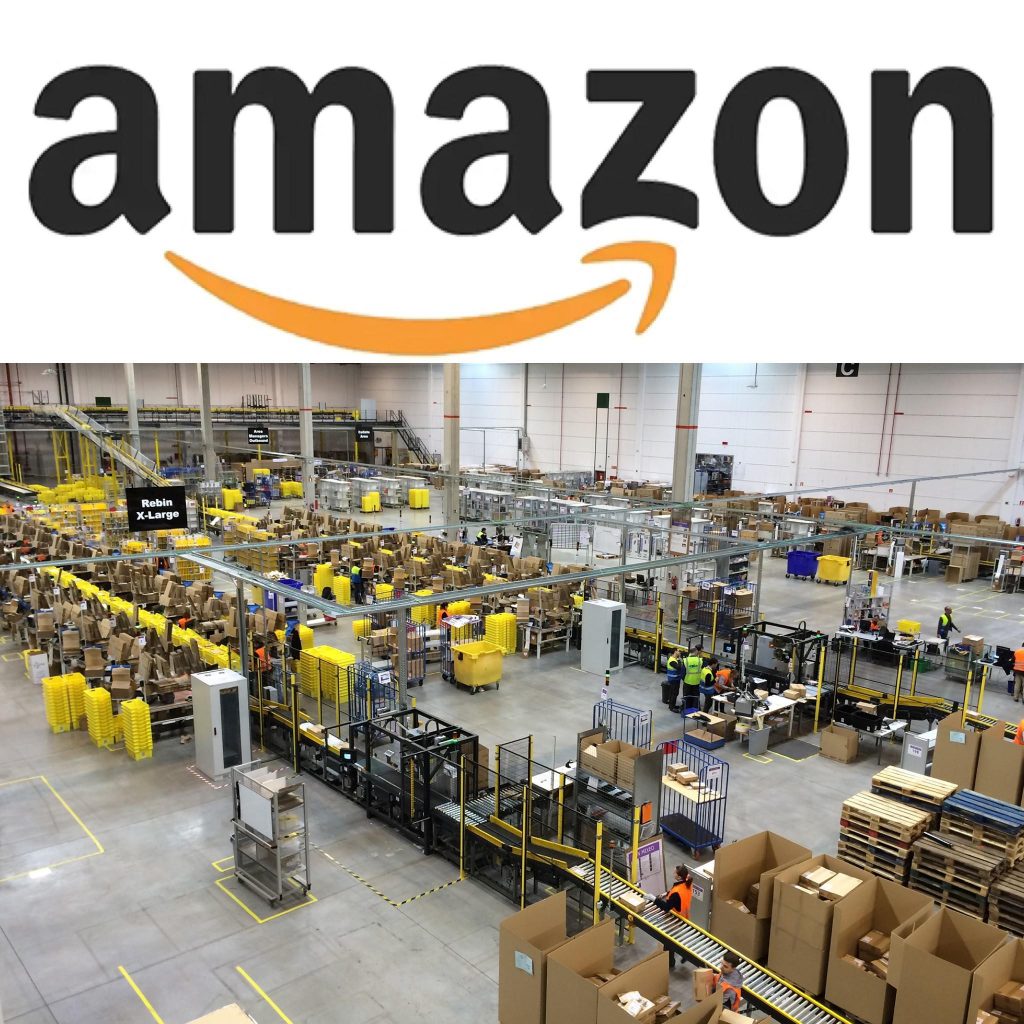
On November 1, 2018, the retail giant Amazon voluntarily raised its minimum wage for US employees to $15 per hour. No one made them do it. What prompted the raise?
Last week, we saw how the $15 minimum wage makes Amazon look good. In the next few weeks, we’ll examine the flip side.
A Raise Distracts from Bad Press.
Amazon has suffered from a lot of bad press in recent years. Low wages, poor working conditions, and driving competitors out of business are all accusations which have pulled Amazon under a glaringly negative spotlight. In September 2018, Amazon gave out raises of as little as 25 cents an hour in what employees called ‘damage control’. 1 When bad press followed, the company announced that it would roll out a $15 minimum wage on November 1. Amazon certainly hopes all the positives of this sudden pay increase will move attention in a more positive direction.
Here’s a look at some of the bad press Amazon may hope to quash:
Amazon employees rely heavily on federal tax-supported programs to make ends meet. In January 2018, PolicyMatters Ohio (an Ohio non-profit group) found that “more than one in every 10 of those Ohioans employed by [Amazon]” received SNAP benefits in August of 2017. In spring, reports sprang up revealing that many Amazon employees must rely on SNAP (food stamps) and other government supported programs just to manage daily living. NewFoodEconomy.org. reported that “In Arizona, new data suggests that one in three of the company’s own employees depend on SNAP to put food on the table. In Pennsylvania and Ohio, the figure appears to be around one in 10.”3
Low median wages are reported for employees. In April of 2018, Amazon’s yearly filing disclosed median US employee wages of $34,123. This means that full one-half of Amazon’s US employees make less than $34,000.4
Amazon is one of the largest companies in the US, and it’s owner is the richest man on the planet. In March of 2018, Amazon climbed into position as the second largest company in the US, behind Apple. In September, Amazon’s market value rose to a staggering one trillion dollars. 5 And as the first person whose net worth crossed the $150 billion mark (earlier in 2018), Amazon’s owner, Jeff Bezos, became the richest man in the history of the world. 6 While the $15 wage is a positive move, by one accounting Jeff Bezos makes about $11.5 million per hour. 7 Yes. Per hour. This startling disparity continues to infuriate critics, who believe that the company owes much of its success to the employees that make it happen. “Amazon has been getting a lot of bad publicity because its owner is the richest man in history in terms of his net worth, but his workers are having to rely on food stamps, and warehouses are some of the most dangerous places in the country to work,” commented Matt Johnson, research scientist at the Sanford School of Public Policy at Duke University.13
Legislation points a finger at Amazon. Responding to the immense disparity between mega-corporate wealth and low wage employees, in the fall of 2018 Sen. Bernie Sanders (I-Vt.) and Rep. Ro Khanna (D-Calif.), pushed for mega-corporations to pay their employees a living wage. They introduced the “Stop BEZOS” Act (“Stop Bad Employers by Zeroing Out Subsidies Act”) in the senate and house, which requires large corporations to pay 100% of the government subsidies (e.g. SNAP, Medicaid) awarded to their employees.
“All this legislation is saying, is: Taxpayers shouldn’t be responsible for paying the expenses of workers employed by multibillion-dollar companies,” Khanna said. (Washington Post, Sept 5, 2018)
“In other words, the taxpayers of this country would no longer be subsidizing the wealthiest people in this country who are paying their workers inadequate wages,” Sanders said. “Despite low unemployment, we end up having tens of millions of Americans working at wages that are just so low that they can’t adequately take care of their families.” 3
CONTINUED IN AMAZON MINIMUM WAGE PART IIIhttps://news.minimum-wage.org/2019-a
mazons-15-minimum-wage-whats-behind-it-part-iii/
READ AMAZON MINIMUM WAGE PART I
REFERENCES
- https://www.washingtonpost.com/business/2018/09/24/it-feels-like-damage-control-amazon-warehouse-workers-say-company-is-quietly-doling-out-small-raises/?utm_term=.4654c56c705c
- https://www.washingtonpost.com/business/2018/10/02/amazon-announces-it-will-boost-minimum-wage-all-workers-after-facing-criticism/?noredirect=on&utm_term=.57ce513b13b9
- https://www.washingtonpost.com/business/2018/09/05/bernie-sanders-introduces-stop-bezos-act-senate/?noredirect=on&utm_term=.86e253b8d07e
- https://www.nytimes.com/2018/10/02/business/amazon-minimum-wage.html
- https://www.forbes.com/sites/petercarbonara/2018/06/06/worlds-largest-retail-companies-2018/#67e0fa2713e6
- https://www.cnbc.com/2018/07/16/jeff-bezos-is-now-the-richest-man-in-modern-history.html
- http://time.com/money/5262923/amazon-employee-median-salary-jeff-bezos/
- https://www.theguardian.com/technology/2013/dec/01/week-amazon-insider-feature-treatment-employees-work
- https://www.newsweek.com/amazon-drivers-warehouse-conditions-workers-complains-jeff-bezos-bernie-1118849
- https://www.theverge.com/2018/4/16/17243026/amazon-warehouse-jobs-worker-conditions-bathroom-breaks
- https://www.fastcompany.com/90280259/amazon-warehouse-workers-in-new-york-want-a-union
- https://news.slashdot.org/story/18/04/18/2026220/amazon-employee-explains-the-poor-working-conditions-of-an-amazon-warehouse
- http://knowledge.wharton.upenn.edu/article/will-other-companies-follow-amazon-in-raising-the-minimum-wage/
Be the first to comment on "Amazon’s $15 Minimum Wage: What’s behind it? PART II"